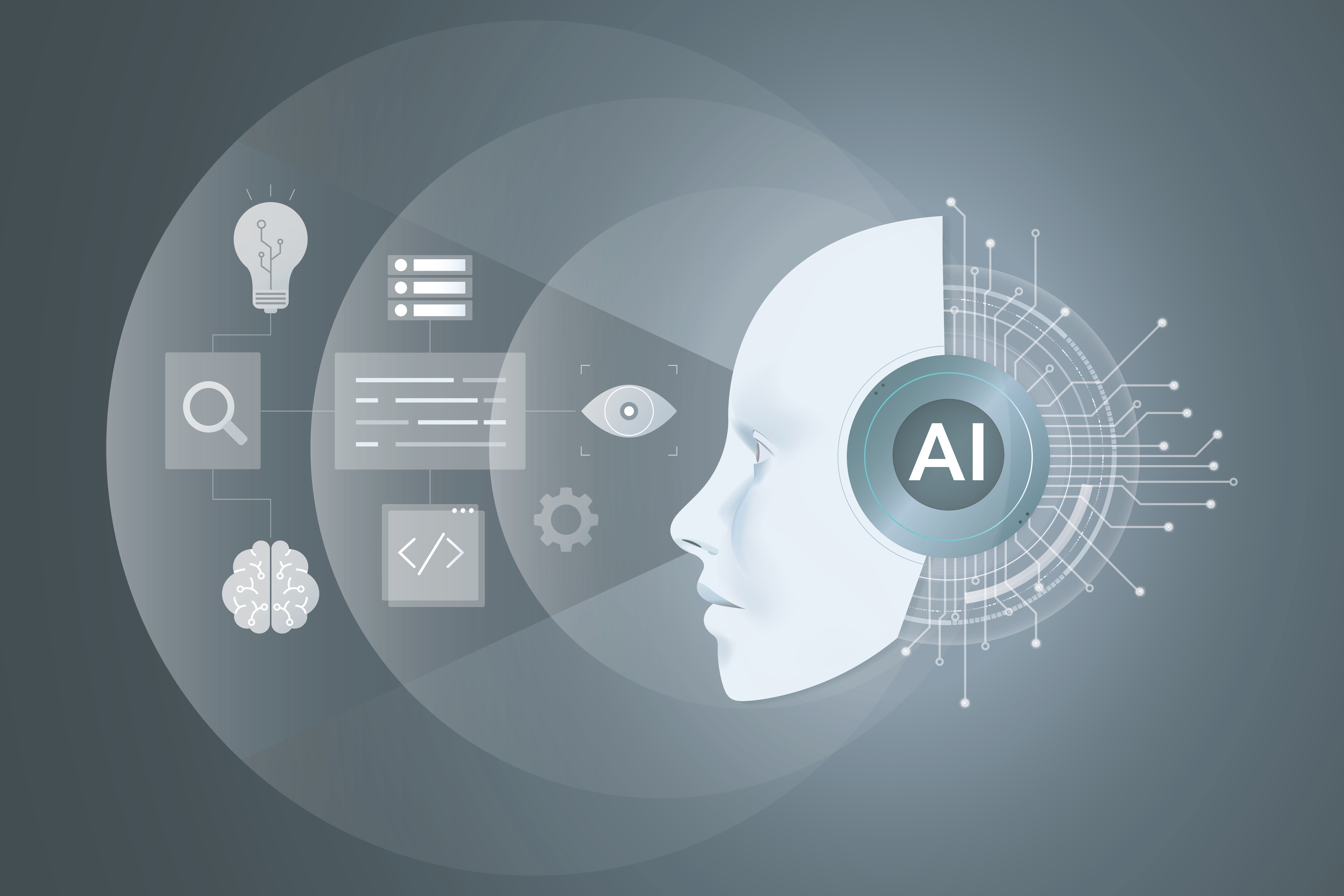How to develop an agile talent management framework
Make agility a foundational part of your workforce

Current talent frameworks are being tested. Legacies of vertical hierarchies and siloed roles have buckled against shifting worker expectations, growing talent shortages, and evolving business needs—in turn making leaders rethink how to organize their workforce.
Luckily, new technologies are helping HR leaders pivot toward the future. With the capability to understand the entirety of a workforce through harmonized data, up-to-date skills ontologies, and networks that automatically connect talent to the right opportunities, modern talent management strategies can take workplace agility to new heights.
However, employing the right talent strategy means understanding the needs of the business beyond simple measurements like attrition rates and staffing numbers. Today, leaders need to tailor their talent management frameworks to put agility at its core.
What is a talent management framework?
Sometimes confused with a talent management strategy, a talent management framework differs in that it’s the actual systems, tools, and structures forming a company’s methodology to meet its talent needs. In a way, a talent management framework is the actionable plan to carry out the strategy—both crucial parts of talent management.
But beyond talent management strategy, a well-built framework accounts for multiple strategies within an organization’s mission. Some frameworks might also connect:
- Employee engagement strategy
- Learning and development strategy
- Employee retention and succession planning strategy
- Business performance strategy
Though these strategies might feel only tangentially connected, the reality is that modern organizational structures must account for every aspect of the business when implementing widespread change. How employee engagement is affected by L&D initiatives matters and can impact not only how an enterprise addresses succession planning for key roles, but also overall business performance.
Once a laborious, manual process, innovations in HR software have made it possible to see how these individual strategies relate to each other from a birds-eye view. Workforce intelligence tools can centralize multiple data sets and give leaders insights into their talent in real-time, clarifying what skills the company possesses and how they reflect industry trends.
Creating your company’s talent management framework
To get started on your company’s framework, begin with these 5 steps:
Establishing leadership buy-in
Once seen as only the purview of HR departments, modern talent strategies require the full approval and commitment of a company’s leadership to be effective. Achieving alignment can be tricky—different departments will have different needs and ideas, but by establishing open communication and continuous feedback from the onset, HR leaders can nurture advocates in the C-suite and beyond in rolling out a new project.
Their insights can not only help shape the framework overall, but can also ensure the entire organization remains committed to these efforts. Pushback is to be expected, but by bringing leadership into the discussion, tensions or setbacks are more easily addressed while keeping the mission of a talent management framework in sight.
Identifying organizational needs
Know what your company needs before attempting to fix a nebulous challenge. Formal analyses and interviews with department leaders are key aspects of collecting information on business priorities.
Siloed organizations are notorious for missing out on skills and capacity locked away in rigid structures, but they can also hide the needs of a company through a lack of clear communication. Opening up these lines of dialogue is key to seeing the full scope of needs to be addressed.
Determining KPIs and key talent management framework elements
Having assessed the needs of your organization, it’s time to establish what metrics of success will be used to determine your framework’s utility. Especially as business needs evolve with new skills growing in value and new markets shifting priorities, maintaining clear, measurable data points can help clarify whether your framework is working. Reducing an organization’s compensation cost as a percentage of revenue might be important, but balancing that against employee engagement levels
Every company will have different KPIs based on their needs. Whether it’s making your recruitment process more efficient or improving employee engagement, understanding how to best track these changes after your strategy goes live will help determine what adjustments need to be made down the road.
Prioritizing your people
Employee-centric strategies must be at the heart of every framework because, without the support of your people, any strategy will collapse. One issue many leaders come across when implementing new talent strategies is that some of the euphemisms for people—talent, human capital, workers—fail to recognize that every data point represents a living, breathing human with unique abilities and aspirations.
No HR leader wants to believe they would make that mistake, but the humanity of your workforce can be lost in the overall business strategy. With the right tools, however, understanding the desires of your employees is possible. Talent marketplaces are capable of connecting people with opportunities that fit into their career goals, helping to not only accomplish business-critical tasks through unlocked capability, but further nurture employee engagement at the same time.
Developing a talent management framework toolkit
Finally, it’s time to put your plan to work by utilizing the right tools. Confirming that your organization has the right solutions to implement these efforts—communication tools, talent marketplaces, workforce intelligence solutions, and unified employee experience integrations, to name a few—helps HR leadership understand the means of accomplishing their human capital goals.
Putting frameworks to work is more challenging when relying on 20th-century systems. Modern, AI-powered solutions show far more capability in connecting and synthesizing information, putting the power of machine learning and automation in the hands of company leaders with the insights to guide them.
6 benefits of a talent management framework
As companies rethink the way they organize their talent, here are the main advantages to consider:
1. Smarter talent acquisition
Be specific in the areas where necessary skills are more efficiently recruited for rather than developed internally, as this subtle difference can make a big impact on your workforce. Solely hiring externally to fill roles might feel like the simplest option, but it can also dissuade current employees from upskilling efforts. Additionally, as economic uncertainty remains, tightening budgets might require companies to pause hiring while still needing to address critical skill gaps.
2. Targeted talent development
L&D efforts are a key component in any framework, as multiple surveys and studies show that an engaged, supported workforce often brings better business results. Finding the right skills to train for requires understanding not only the skills your workforce has, but also knowing how they align with business priorities. Sometimes referred to as career pathing, the process helps give structure to training efforts by engaging workers with projects relevant to their interests to bridge skill gaps.
3. Accurate performance management
With the right KPIs in place, the success of a talent management framework can be understood and acted upon. Talent marketplaces are one of the most important tools to see how workers are taking to these new changes, as the platform allows leaders to see what kinds of projects and training are being used, how they align with business priorities, and creating a better-connected workforce throughout the organization.
4. Flexible succession planning
Voluntary departures can halt business objectives in their tracks. Though redundancies might exist within the company, if those people are locked behind organizational silos, it may seem as if your company’s skill gaps are greater than they are. Knowing how your workforce’s skills align with the roles and responsibilities of any given position will help triage unexpected departures and clarify the skills needed from future candidates.
5. Improved talent engagement
Career development, L&D strategies, and passions are unique to every employee. Though it might be impossible to address every employee’s needs on a person-to-person level, allowing them to find and be matched with the right opportunities is feasible through workforce agility platforms. Far more effective than awards and shoutouts in the company newsletter, providing real opportunities to your workforce that align with their interests and career aspirations can help nurture a desire to grow within your company.
6. Synchronized business results with talent strategy
Align your strategy to the core principles of your business, ensuring that every decision builds toward a stronger, more capable organization. Those principles might shift over time—an unsettling amount of upheaval recently has forced many companies to reassess their priorities, but having a framework in place can help guide how to best address those new challenges. Workforce intelligence solutions are adept at helping company leaders forecast trends and skill needs, putting their organizations at a competitive advantage when victories are determined in the margins.
Start building your talent management framework
As companies continue to tackle unpredictable markets and global environments, setting up your talent management framework has never been more important. New challenges are evolving and talent demands are shifting, but connecting the company’s mission with its workers’ ambitions will help you guide the way forward.




